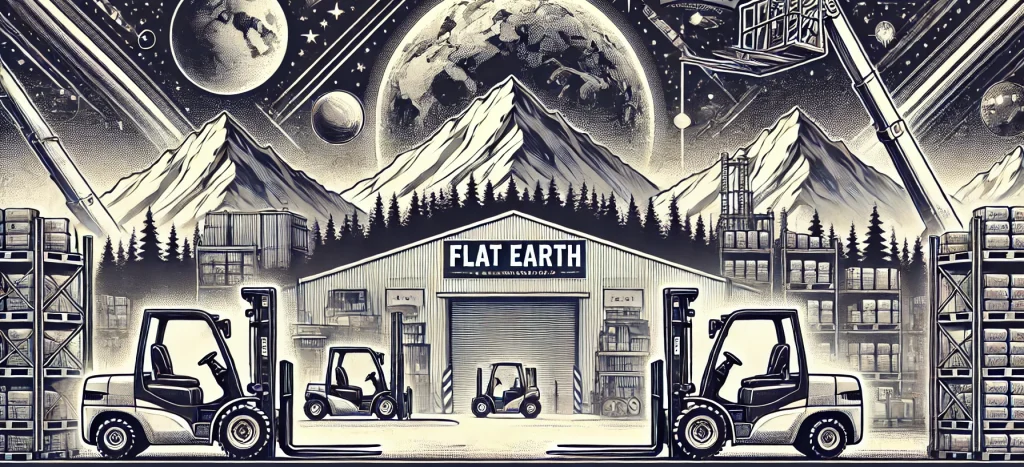Forklift forks are essential components of a forklift, responsible for lifting and moving materials.
Constructed from high-strength alloy steel, these forks are engineered for durability and performance.
The steel is often heat-treated to enhance its toughness, enabling it to absorb energy during heavy lifting, and to improve its hardness to resist wear and deformation under heavy loads.

In terms of design, forklift forks come in various types to fit different applications and industries.
From standard taper forks to specialized ones like drum forks or lumber forks, the design of a forklift fork is closely aligned with its intended use.
Additionally, different mounting styles exist, such as hook or shaft mount, each providing unique advantages for specific tasks.
Fork dimensions are another crucial aspect since they directly affect a forklift’s load capacity and stability.
Dimensions including width, thickness, and length must be chosen carefully to balance the forklift’s capability with the nature of the tasks it is meant to perform.
Correctly sized forks ensure safe operation, preserve the integrity of the forklift and the load, and can enhance the efficiency of material handling.
Understanding Forklift Forks
Forklift forks are essential components for material handling, designed for durability and specific applications. They must meet certain design specifications to ensure efficient operation and safety.

Materials and Construction
Forklift forks are typically made from high-strength, heat-treated alloy steel to resist wear and deformation. This makes them tough enough to handle heavy loads without failure.
Design and Specifications
Each fork is designed with a specific fork length, fork width, and fork thickness to suit different applications.
Standard forklift fork dimensions are critical for compatibility with various forklift models and loads.
Types and Applications
There are several types of forklift forks, including block forks, coil handling forks, drum handling forks, and folding forks, each intended for a particular handling task such as coil handling or drum handling.
Safety and Maintenance
Regular inspection and maintenance are necessary to ensure safety in forklift operation.
This includes checking for fork wear, ensuring the heel is intact, and that fork hooks and tines are secure.
Compatibility and Customization
Forklift carriage classes, designated by ITA class numbers, define the load capacity and compatibility with forklift trucks.
Manufacturer-specific accessories like rotators or fork extensions may also be added.
Additional Considerations
Factors such as fork tip design, taper, offset, and hooks affect handling and load stability.
Anti-slip and corrugated forks are customized options to enhance grip and stability for certain materials.
Terminology and Standards
Industry terminology defines components like fork drop, spread, and rated capacity.
Compliance with standards ensures that fork dimensions and fork styles meet safety and operational guidelines.
